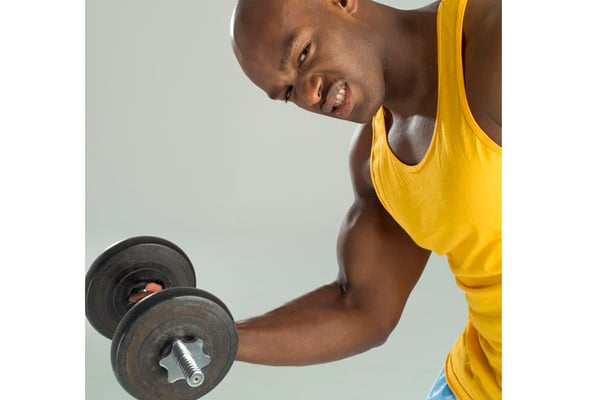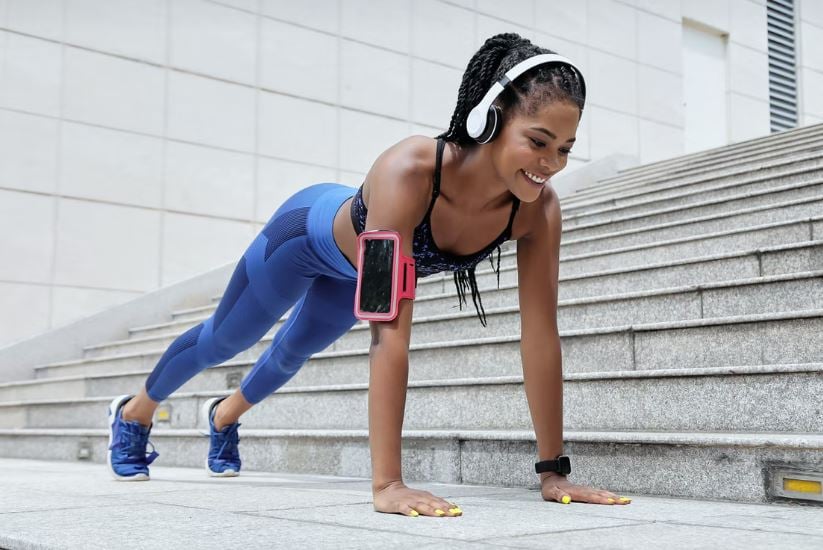Prime
Exercise types and their benefits

Before starting an exercise routine, consult your doctor for a go ahead. PHOTO | COURTESY
What you need to know:
- Research has shown that regular exercise protects against a number of chronic conditions, excessive weight gain, and obesity. Most experts recommend engaging in a combination of each type of exercise for maximum benefit.
In most cases, one will zero in on one type of exercise and believe they will achieve all their exercise needs. However, exercising calls for working various muscle groups in a bid to increase the heartbeat beyond normal levels while ensuring the body can function well.
This is why Augustine Kasujja, a fitness trainer says flexibility, strength, balance and endurance must be catered for as one exercises. He adds that apart from each type complimenting the other, variety kills boredom and reduces the possibility of injuries. Regardless of age, there are activities in the five major groups to indulge in.
Endurance exercises
These are also called aerobic exercises and are ideal for increasing one’s breathing and heart rate.
“They help one keep healthy and perform tasks better. Additionally, they help improve heart, circulatory system and lung health. That way, many diseases such as diabetes, hypertension, and cardiac arrest are prevented,” Kasujja says, adding that some of the workouts in this category include jogging, dancing, climbing stairs, playing tennis, basketball, brisk walking, and biking, among others.
Safety measures
Listen to your body: While you want to keep fit and healthy, Kasujja says it is important to ensure that you do not go beyond what the body can handle. For instance, if one feels say dizziness, they should stop and rest.
Warm up: Our muscles need preparation before any workout. Therefore, even before aerobics, light walking helps the muscles get ready for motion. Thereafter, the tempo can increase.
Keep hydrated: Dehydration can cause dizziness which affects workouts. Additionally, when you work out, Kasujja says, you sweat, which calls for taking adequate fluids.
Anaerobic exercise
These break down glucose in one’s body without using oxygen. Therefore, they are intense and short, done in the form of high-intensity interval training (HIIT) workouts. Monica Nakyejwe, a fitness coach, says these alternate between high-intensity intervals and rest or recovery.
“The workouts help in building muscle mass, strength and power and last no more than two minutes,” she says.
These include sprinting, weight lifting, intense and fast skipping, and any rapid activity that causes a bust of energy. While these are also good for heart health, aerobic exercises are better.
“Anaerobic exercises also allow for more fat burning even when the body is resting. That is because muscle is efficient in body fat burning,” Nakyejwe says.
Strength training exercises
While strength and resistance training workouts can also be found in anaerobic exercises, these are not usually intense or fast. Oscar Kisitu, a fitness trainer, says strength training allows for one to be independent, more so the elderly. That way, they can carry their groceries, climb the stairs with ease.
“The workouts also help with strengthening muscles which improves one’s balance and stability. This is crucial among the elderly where strong hip and leg muscles are important,” he says.
Kisitu adds that if one desires to carry weights to improve their strength, they should start with light weights and gradually add. “You could also use resistance bands as these have varying strengths. Also, endeavour to do strength training for all your major muscles at least twice a week but never one muscle group for two straight days,” he advises.
Other strength training exercises include carrying groceries, arm curls, lifting your body weight, and arm curls.
Safety tips
Ensure regular breathing and never hold your breath as you exercise. Also, as you push or lift, breathe out then breathe as you relax.
Agility training
These teach one to maintain control even as they change direction, slow down or speed up. Rita Onen, a fitness enthusiast, says when engaging in these workouts, the person relies on coordination, speed, position, and balance. For instance, while playing tennis, it is agility that enables the player to keep in position, control the ball and recover after every shot.
Other exercises under this category include boxing, badminton, table tennis, volleyball, soccer, American football, martial arts.
Balance exercises
These will help keep one steady and prevent falls. They are especially crucial for older people since among these, Onen says, systems such as sight, leg joints, the inner ears, and leg muscles are starting to fail. “Therefore, balance training is necessary to ensure these are repaired.” The workouts include standing up from a sitting position on the floor, heel-to-toe walk, balance walking, and standing on one foot,” she says.
Flexibility exercises
While many never consider these while they are still young since their muscles are still healthy, as we age, flexibility is lost in the tendons and muscles.
“Shortened muscles do not function well because such are susceptible to muscle pain, damage, and cramps. Additionally, one will suffer joint pain, falls are more common, and simple tasks such as tying shoe laces become difficult,” Nakyejwe says.
She adds that routinely stretching our muscles makes them more flexible and longer, bettering the range of motion one can undertake while lowering risk of injury and pain.
Before stretching, ensure your muscles are warmed up which can be achieved by taking a walk. “Additionally, stretch after strength training exercises and listen to your body so you do not stretch yourself to pain. While at it, remember to breathe normally,” she advises.





